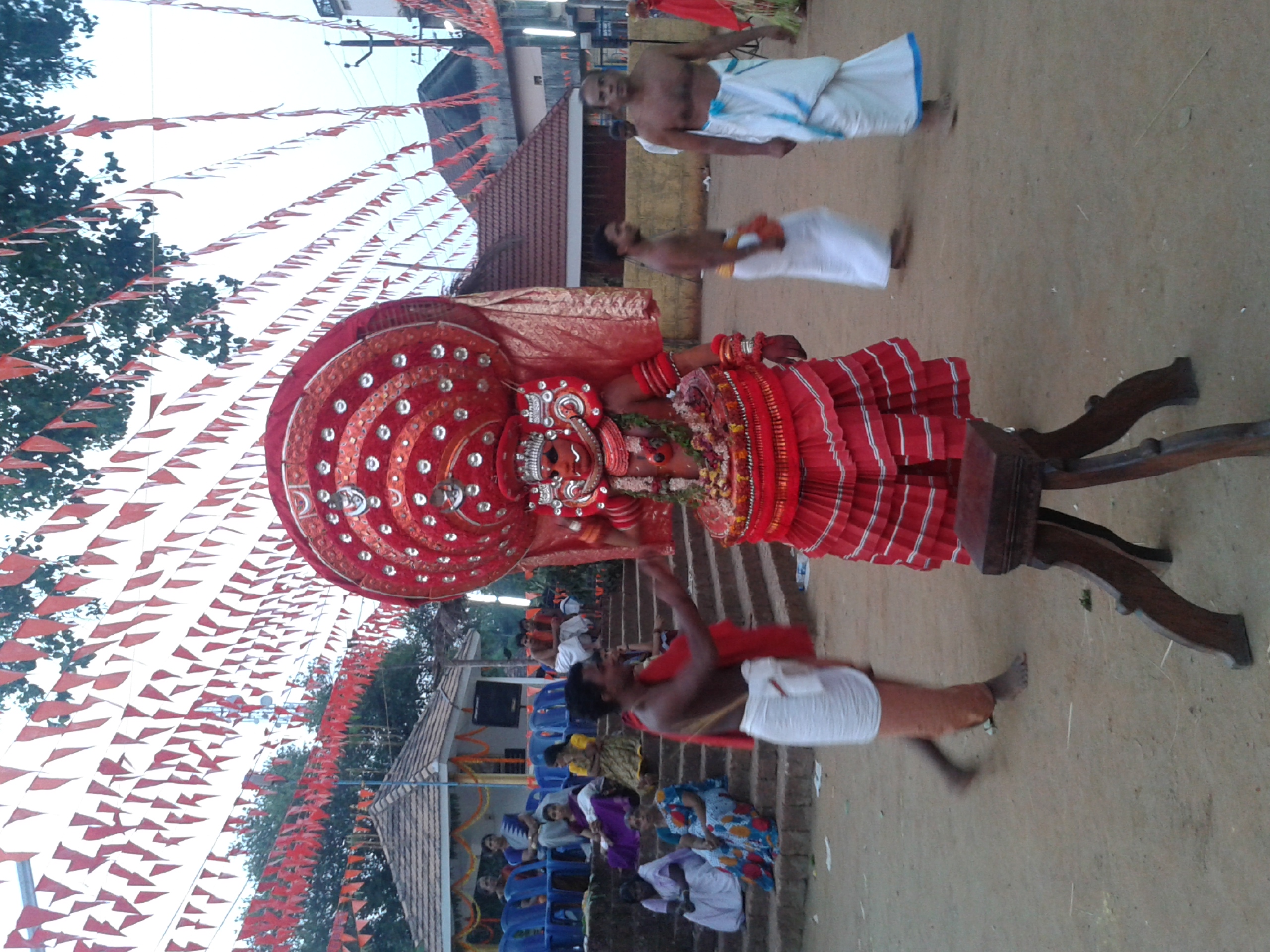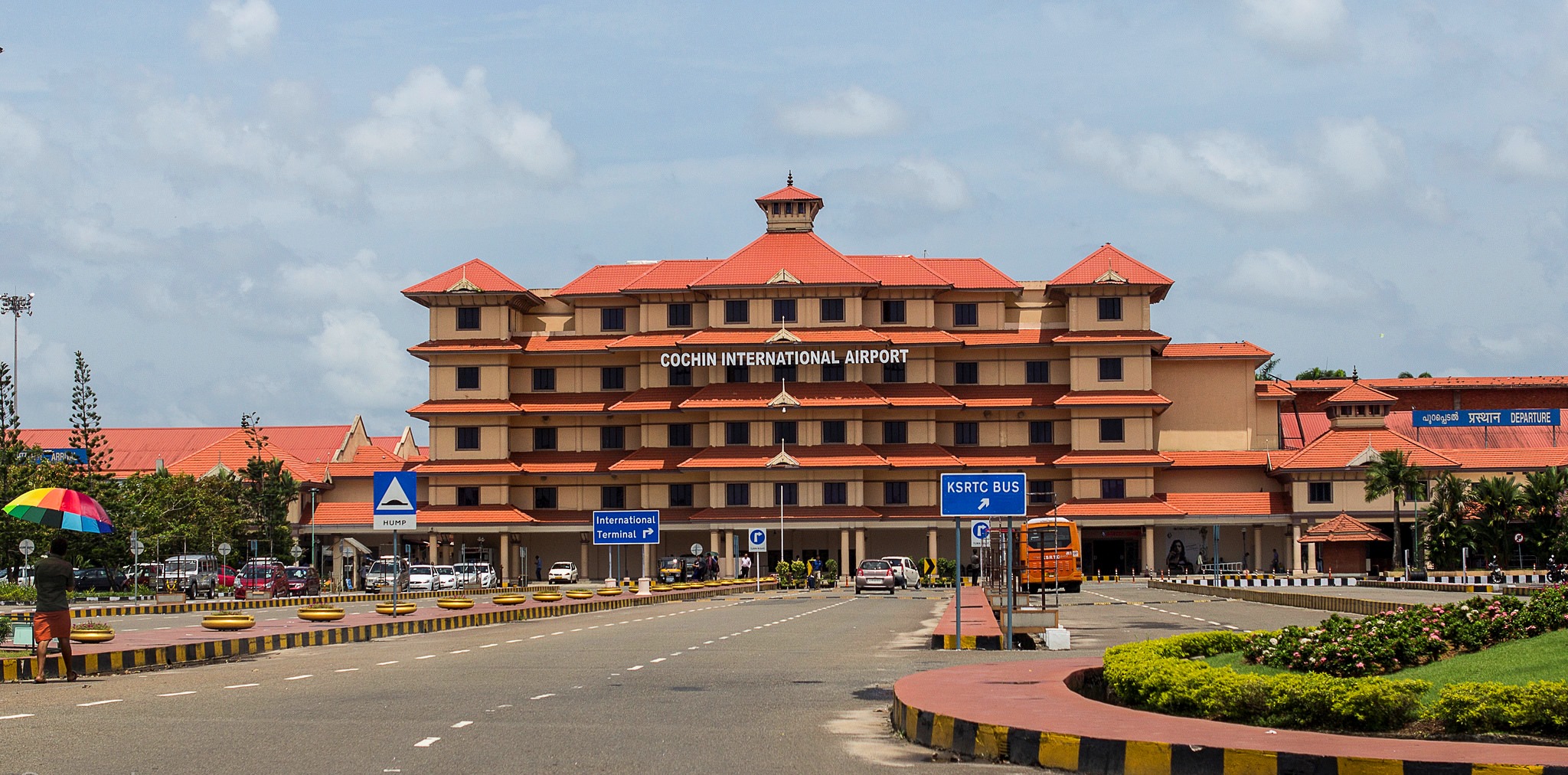|
Aithihyamala
Aithihyamala or Ithihyamala () (''Garland of Legends'') is a collection of century-old stories from Kerala that cover a vast spectrum of life, famous persons and events. It is a collection of legends numbering over a hundred, about magicians and ''yakshis'', feudal rulers and conceited poets, ''kalari'' or ''Kalaripayattu'' experts, practitioners of Ayurveda and courtiers; elephants and their mahouts, Yoga, tantric experts. Kottarathil Sankunni (23 March 1855 – 22 July 1937), a Sanskrit-Malayalam scholar who was born in Kottayam in present-day Kerala, started documenting these stories in 1909. They were published in the Malayalam literary magazine, the ''Bhashaposhini'', and were collected in eight volumes and published in the early 20th century. It includes popular tales such as about the twelve children of Vararuchi and Parayi (a woman of ''Paraiyar'' caste), ''Kayamkulam Kochunni'', ''Kadamattathu Kathanar'' among many others. The story of 12 children is popularly known as ... [...More Info...] [...Related Items...] OR: [Wikipedia] [Google] [Baidu] |
Vasoorimala
Vasoorimala is a female deity worshiped in many parts of Kerala and Kodagu district, Kodagu region of Karnataka. She is worshipped as an ''Upa Devata'' (sub-deity) in Bhadrakali or Shiva temples. Vasoorimala is believed to be a List of health deities, deity that prevents contagious diseases like smallpox, chickenpox, and measles. In North Kerala, Vasoorimala is worshipped and performed as Vasoorimala Theyyam. According to myths, Manodari, wife of Asura named Darikan was later named as Vasoorimala. Etymology ''Vasoori'' is the Malayalam word for the disease smallpox. ''Vasoorimala'' literally means a chain of pox pustules. Background In ancient times it was believed that diseases were caused by the wrath of God. Therefore, they worshiped gods who sowed diseases and gods who healed. Vasoorimala is believed to be the deity of communicable diseases like smallpox, chickenpox, measles etc. Vasoorimala is worshipped as a sub deity in temples in Kerala including Kodungallur Bhagavathy Tem ... [...More Info...] [...Related Items...] OR: [Wikipedia] [Google] [Baidu] |
Kottarathil Sankunni
Kottarathil Sankunni (born Vasudevan, 1855–1937) was an Indian writer of Malayalam literature. Best known as the author of Aithihyamala, an eight-volume compilation of century-old legends about Kerala, Sankunni's writings cover prose and poetry, including verses for Kathakali and Ottan Thullal. He was one of the founding members of ''Bhashaposhini Sabha'' founded by Kandathil Varghese Mappillai and was also involved with ''Bharata Vilasam Sabha'', another literary initiative. He died on July 22, 1937. Biography Kottarathil Sankunni was born on March 23, 1855, at Kodimatha, in Kottayam district of the south Indian state of Kerala (erstwhile Travancore) to Vasudevan Unni-Nangayya couple. The boy, whose name at birth was Vasudevan but was called ''Thanku'', ''Sanku'' and later ''Sankunni'', did his early schooling under the tutelage of a local teacher and later, studied Sanskrit under Manarkattu Sanku Warrier and traditional medicine under Vayskara Aryan Narayanan Mooss. He ... [...More Info...] [...Related Items...] OR: [Wikipedia] [Google] [Baidu] |
Kayamkulam Kochunni
Kayamkulam Kochunni (born c. 1818) was a revolutionary from Kayamkulam, who lived during the late 19th century. He was active in the Travancore area in the present-day Kerala, India. He is said to have stolen from the rich and given to the poor. Legends on his life are part of the folklore of Kerala.Where a legendary Robin Hood played his tricks , ''Deccan Herald'', 27 July 2008. His stories are often associated with his friend and fellow outlaw Ithikkara Pakki. A shrine dedicated to Kochunni exists near Kozhencherry. History Kayamkulam Kochunni was born in 1818, near Kottukulangara,[...More Info...] [...Related Items...] OR: [Wikipedia] [Google] [Baidu] |
Vararuchi
Vararuci (also transliterated as Vararuchi) () is a name associated with several literary and scientific texts in Sanskrit and also with various legends in several parts of India. This Vararuci is often identified with Kātyāyana. Kātyāyana is the author of ''Vārtikās'' which is an elaboration of certain sūtrās (rules or aphorisms) in Pāṇini's much revered treatise on Sanskrit grammar titled Aṣṭādhyāyī. Kātyāyana is believed to have flourished in the 3rd century BCE. However, this identification of Vararuci with Kātyāyana has not been fully accepted by scholars. Vararuci is believed to be the author of ''Prākrita Prakāśa'', the oldest treatise on the grammar of '' Prākrit'' language. Vararuci's name appears in a verse listing the 'nine gems' (navaratnas) in the court of one Vikramaditya. Vararuci appears as a prominent character in '' Kathasaritsagara'' ("ocean of the streams of stories"), a famous 11th century collection of Indian legends, fairy tales an ... [...More Info...] [...Related Items...] OR: [Wikipedia] [Google] [Baidu] |
Sakthan Thampuran
Rama Varma Kunji Pillai Thampuran (1751–1805), or Rama Varma IX, popularly known as Sakthan Thampuran (''Sakthan'' meaning powerful), was the ruler of the Kingdom of Cochin. The current southern Indian city of Kochi was part of the erstwhile princely state of Kochi. He resided at Vadakkechira Palace in Thrissur. The city of Thrissur is referred to as the ''Cultural Capital of Kerala'' owing to its many traditional festivals and historic temples. Sakthan Thampuran is considered the architect of the city of Thrissur. The festival Thrissur Pooram was started by him. Biography Early life Sakthan Thampuran was born on 26 August 1751 AD at ''Vellarapally Palace'' to Anujan Namboodiripad of the ''Chennamangalam Mana'' and Ambika Thampuratti of the Cochin Royal Family. His mother died when he was only three years old. The prince was brought up by his maternal aunt, famously known as ''Chittamma'' (meaning mother's younger sister) Thampuran. His early education took place under the t ... [...More Info...] [...Related Items...] OR: [Wikipedia] [Google] [Baidu] |
Kadamattathu Kathanar
Kadamattathu Kathanar was a '' kathanar'' (priest) who, according to legends, possessed magical powers. He was an ordained deacon of Kadamattom Church in the 9th century, originally affiliated to the Syriac Orthodox Church in India, in Kadamattam near Muvattupuzha in Ernakulam district, Kerala. According to legends, his real name was Poulose and he was the disciple of bishop Mar Abo. The church's history is undocumented, surviving solely through local legends. The tales surrounding Kathanar encapsulate the experiences of the local populace, conveyed through elements of magic and sorcery. These tales portray him as a priest with supernatural powers, employed for the common good. Historicity In medieval legends, history and fables were combined inextricably. The story of Kadamattathu Kathanar might be a mixture of history and fables. Currently there is no certain proof that he really existed, but the fact that a real priest lived in that area in the ninth century cannot be de ... [...More Info...] [...Related Items...] OR: [Wikipedia] [Google] [Baidu] |
Kerala
Kerala ( , ) is a States and union territories of India, state on the Malabar Coast of India. It was formed on 1 November 1956, following the passage of the States Reorganisation Act, by combining Malayalam-speaking regions of the erstwhile regions of Kingdom of Cochin, Cochin, Malabar District, Malabar, South Canara, and Travancore. Spread over , Kerala is the 14th List of states and union territories of India by area, smallest Indian state by area. It is bordered by Karnataka to the north and northeast, Tamil Nadu to the east and south, and the Laccadive Sea, Lakshadweep Sea to the west. With 33 million inhabitants as per the 2011 Census of India, 2011 census, Kerala is the List of states of India by population, 13th-largest Indian state by population. It is divided into 14 List of districts of Kerala, districts with the capital being Thiruvananthapuram. Malayalam is the most widely spoken language and is also the official language of the state. The Chera dynasty was the f ... [...More Info...] [...Related Items...] OR: [Wikipedia] [Google] [Baidu] |
Asian Mythology
{{Short description, none This is a list of mythologies native to Asia: * Buddhist mythology *Chinese mythology * Christian mythology (in Western Asia) *Egyptian mythology * Georgian mythology *Greek mythology (see Greco-Buddhism) * Hindu mythology ** Ayyavazhi mythology **Tamil mythology **Vedic mythology * Hittite mythology and religion * Indo-Iranian mythology ** Ossetian mythology ** Persian mythology ** Scythian mythology *** Assianism **Zoroastrianism * Indonesian mythology ** Balinese mythology * Islamic mythology * Japanese mythology ** Oomoto **Shinto * Kanglei mythology *Korean mythology * Meitei mythology ( Manipuri mythology) * Mesopotamian mythology ** Ancient Mesopotamian religion ** Babylonian mythology * Mongol mythology **Tengriism (indigenous Mongol & Turkic belief) * Philippine mythology ** Diwata ** Anito ** Gabâ ** Kulam * Semitic mythology and ** Arabian mythology ** Jewish mythology * Shamanism in Siberia * Tungusic creation myth *Turkic mythology ... [...More Info...] [...Related Items...] OR: [Wikipedia] [Google] [Baidu] |
Kerala Folklore
Kerala ( , ) is a state on the Malabar Coast of India. It was formed on 1 November 1956, following the passage of the States Reorganisation Act, by combining Malayalam-speaking regions of the erstwhile regions of Cochin, Malabar, South Canara, and Travancore. Spread over , Kerala is the 14th smallest Indian state by area. It is bordered by Karnataka to the north and northeast, Tamil Nadu to the east and south, and the Lakshadweep Sea to the west. With 33 million inhabitants as per the 2011 census, Kerala is the 13th-largest Indian state by population. It is divided into 14 districts with the capital being Thiruvananthapuram. Malayalam is the most widely spoken language and is also the official language of the state. The Chera dynasty was the first prominent kingdom based in Kerala. The Ay kingdom in the deep south and the Ezhimala kingdom in the north formed the other kingdoms in the early years of the Common Era (CE). The region had been a prominent spice exporter si ... [...More Info...] [...Related Items...] OR: [Wikipedia] [Google] [Baidu] |
Kumaranalloor
Kumaranalloor is a suburb of Kottayam city, Kottayam taluk, Kerala, India. Kottayam city is just 5 km south of Kumaranalloor. The region was administered by the Kumaranallur grama panchayath till 2010, before the local self-governing body was merged into the Kottayam municipality. The former Panchayath office now exists as the regional administrative office for the municipality. The village is situated on the banks of Meenachil river. History Kumaranalloor is an ancient cultural center. The Town is famous for Kumaranalloor Devi (Goddess) Temple and during the annual Trikarthika festival of the temple. This place was known as ‘Thingalkkadu', before the temple came into existence. Later the name ‘thingalkkadu' changed and came to be known as ‘Indu Kananam'. In some ancient scripts, the temple is described and known as mahishari kovil (temple). Kumaranalloor Temple Kumaranalloor Devi Temple is considered as one of the most important Devi temples among the 108 Durgal ... [...More Info...] [...Related Items...] OR: [Wikipedia] [Google] [Baidu] |
Bhartṛhari
Bhartṛhari (Devanagari: ; Bhartrihari; fl. c. 5th century CE), was an Indian-Hindu linguistic philosopher and poet, known for his contributions to the fields of linguistics, grammar, and philosophy. He is believed to have been born in the 5th century in Ujjain, Malwa, India. He decided to live a monastic life and find a higher meaning but was unable to detach from worldly life. He lived as a yogi in Ujjain until his death. He is best known for his works, the '' Vākyapadīya'' (a treatise on sentences and words), ''Mahābhāṣyatikā'' (a commentary on Patanjali's ''Mahabhashya''), ''Vākyapadīyavṛtti'' (a commentary on ''Vākyapadīya kāṇḍas'' 1 and 2), ''Śabdadhātusamīkṣā'', and the 300-verse collection ''Śatakatraya''. Bhartrhari's philosophy is marked by the concept of "Shabda-Brahman", that the ultimate reality is expressed through words. He posited that language and cognition are linked and that by understanding grammar one can attain spiritual liberati ... [...More Info...] [...Related Items...] OR: [Wikipedia] [Google] [Baidu] |




